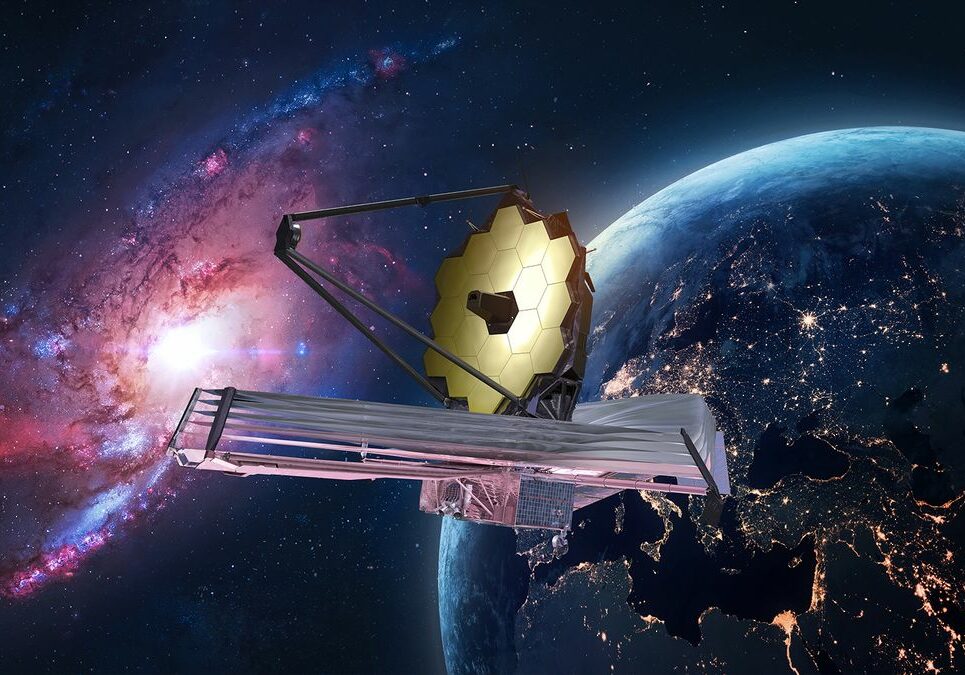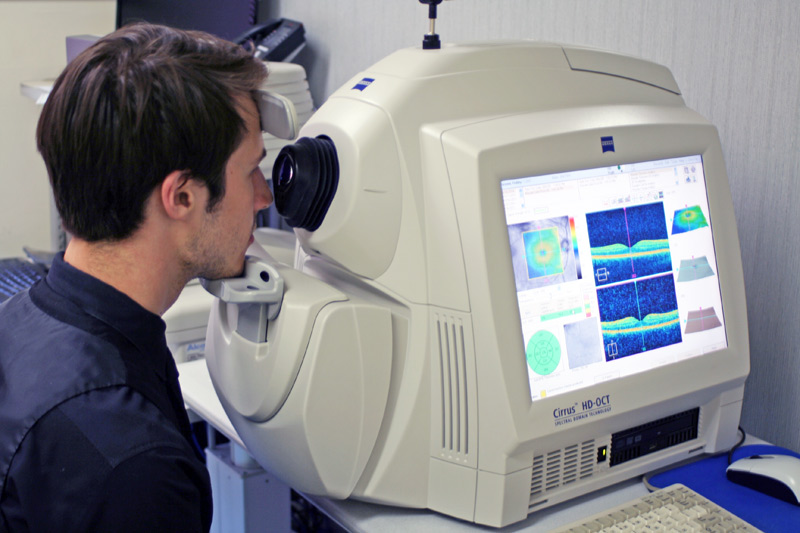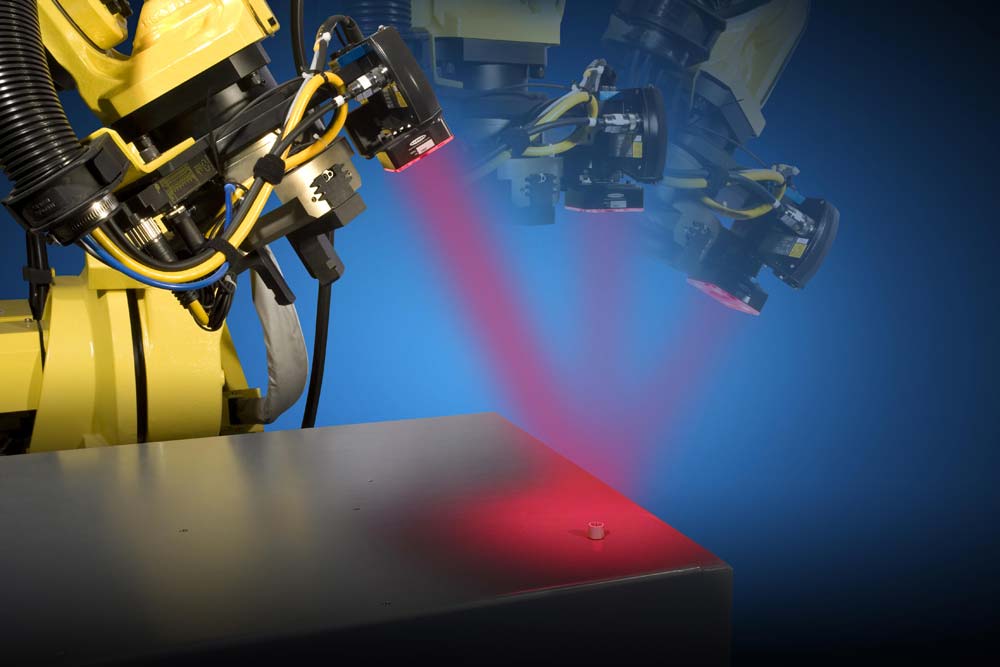Webb telescope may have solved lingering mystery of 1987 supernova, Rudzinsky Associates has worked in Space Optics recruitment for 40 years!

Title: Exploring the Mysteries of the Universe: Webb Telescope and Supernova 1987
Introduction:
As an executive recruiter, I have had the privilege of working in many diversified aspects of Optics and Photonics, including doing talent acquisition for many organizations in the fascinating field of Space Optics. Today, I am thrilled to dive into one of the most captivating scientific discoveries brought to us by the James Webb Space Telescope (JWST). In this blog post, we will explore how the James Webb telescope may have helped solve the lingering mystery of the 1987 supernova.
The Unforgettable Phenomenon of Supernova 1987:
In February 1987, a stunning celestial event known as supernova 1987A captivated astronomers around the world. Located in the Large Magellanic Cloud, a satellite galaxy of our Milky Way, its explosion marked the nearest observed supernova in nearly 400 years. Even today, this event remains a prominent research subject within the scientific community due to the wealth of information it continues to provide.
The Enigma Surrounding Supernova 1987:
After more than three decades, astronomers still had lingering questions related to this extraordinary explosion. One of the most puzzling aspects was the lack of identifying the binary star system that must have given rise to the supernova. Traditional observing methods were unable to penetrate the obscuring layers of dust left over from the explosion, hampering astronomers’ attempts to unravel the mystery.
Enter the James Webb Space Telescope:
Deemed as the “next great space observatory,” the James Webb Space Telescope (JWST) embarked on its mission to shed light on some of the universe’s greatest enigmas. Launching in December 2021, this technological marvel offers unprecedented capabilities to explore celestial objects and phenomena with unparalleled precision.
JWST and the Dusty Remnants of Supernova 1987:
Utilizing its advanced infrared technology, the JWST has been instrumental in studying the dusty remnants of supernova 1987A. By peering through the dense layers of dust and debris, this groundbreaking telescope has provided astronomers with a clearer view of the nebula surrounding the exploded star.
The Fascinating Findings:
Preliminary analyses of data obtained by the JWST have revealed exciting discoveries. Astronomers now believe that the missing binary star system that led to the supernova explosion has been located within the nebula, although further research is still necessary to confirm this hypothesis. Additionally, observations have provided insights into the shockwaves generated by the explosion and the composition of the materials ejected into space.
Rudzinsky Associates’ Contribution to Space Optics Recruitment:
For over four decades, Rudzinsky Associates has been at the forefront of talent acquisition, recruitment, placement in Space Optics, connecting talented professionals with prestigious organizations involved in cutting-edge space exploration. As the mysteries of the universe unfold, our experience and expertise in recruiting individuals passionate about pushing the boundaries of scientific knowledge have played a pivotal role in supporting groundbreaking discoveries, such as the JWST’s role in solving the enigma surrounding supernova 1987.
Conclusion:
The James Webb Space Telescope represents a giant leap forward in our understanding of the universe, and its potential to answer age-old questions and unravel celestial mysteries is undeniably exciting. As an executive recruiter within the field of Space Optics, I am immensely proud of the work accomplished by Rudzinsky Associates over the past 40 years. With our help, the scientific community continues to propel humanity’s understanding of the cosmos to unprecedented heights, leading to discoveries that inspire and awe us all.



